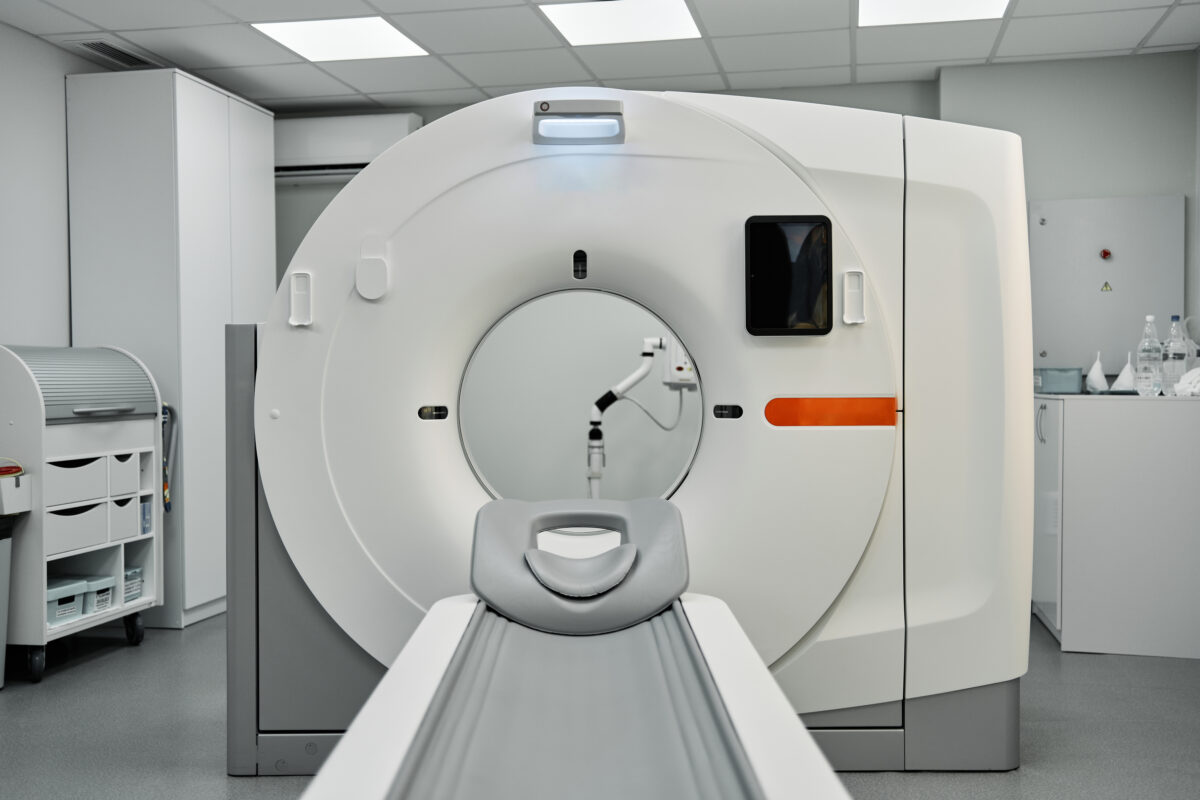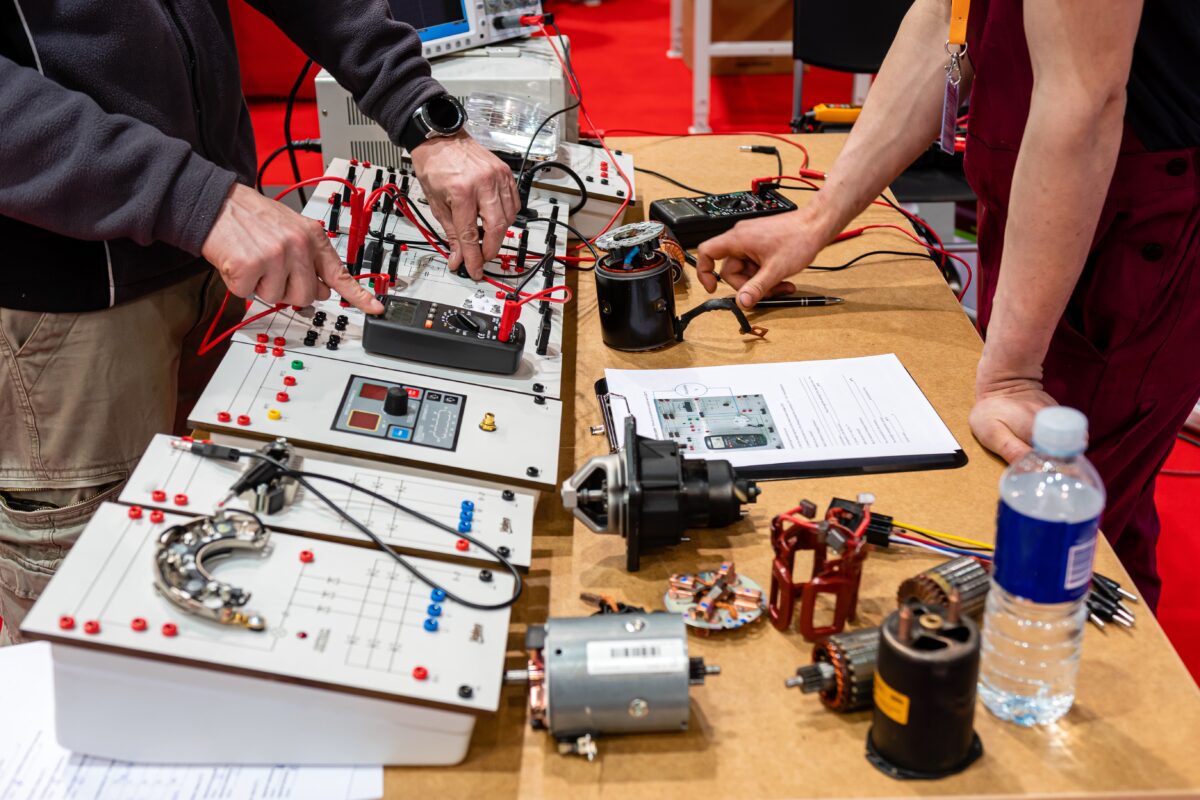
Effective electronic component sourcing is when engineers get what they need when they need it.
Engineering can be generally defined as the act of skillfully bringing about or transforming an idea into a tangible item. For electronics and electromechanical engineering, this typically means or includes the design of devices or systems that utilize electronic components. And how well a design achieves its operational and performance objectives is strictly dependent upon which components are selected.
Consequently, for engineers that design PCBAs, sourcing electronic components is a foundational skill that profoundly affects the efficiency and effectiveness of their workflow, as well as the success of the outcome. The best electronics marketing and components distribution is based on optimally helping engineers get the parts they need when they need them.
Understanding Engineers’ Electronic Component Sourcing Needs
For most engineers, the circuit boards they design can range from fairly simple arrangements with a single function to highly complex multilayer configurations or reference boards that may include several subcircuits processing various signal types. In all cases, finding the best components is a prime directive. And certain factors; such as part quality, availability, and cost, significantly influence which part is chosen.
In order to select a part, the engineer must know about it. Consequently, it is important for component manufacturers and to know and understand what influences where engineers source electronic components, which are listed below.
ENGINEER ELECTRONIC COMPONENT SOURCING NEEDS | |
ENGINEER NEED | IMPORTANCE |
| Comprehensive library of quality common components | Common passive, active and certain ICs are the backbone of PCB design and make of most of the components needed. |
| Where to find exotic or specialty components | Specialty or hard to find components are typically mandatory client requests. Without them, certain designs are not possible. |
| Information about new components and alternatives | Engineers must be aware of new parts and technology advances in order to improve their designs and products and remain competitive. |
| Component capability and performance data | Datasheets and other performance data resources are essential to compare components and perform quality testing. |
| Real-time availability data | The inability to procure selected components can lead to redesigns, remanufacturing, delayed delivery and increased costs. |
| Accurate CAD models | In accurate CAD models can result in bad board builds that require redesign and unnecessary development costs. |
| CAD model format options* | Multiple 2D and 3D CAD model formats must be available to meet the requirements of different EDA tools and ECAD/MCAD design teams. |
| Design information and support | Certain components have special placement/layout requirements. This information must be readily available for designers to properly incorporate these parts in their design. |
| Procurement security | Low quality parts and counterfeits are a concern. For class 3 boards–used in aerospace and military applications–avoiding these components is a critical consideration. |
| Supply chain resiliency | The ability to rely on the component source is probably the most important factor when selecting components. |
As the list above indicate, engineers must have access to accurate data and information in order to assess and compare available component options. Additionally, it is critical that selected components be reliably available for development and production. Satisfying these sourcing needs requires that electronics manufacturers effectively market and distribute their components.
Creating A Winning Component Marketing Strategy
Almost everyone has some degree of reservation about change. When it comes to getting an engineer to change to a new component on a working circuit board design, this reluctance can escalate to consternation. Nevertheless, the need to meet the ever increasing expectations for functionality, capability, and performance improvements from clients/users coupled with the challenges of being competitive in the industry, drives engineers to remain open to–and even seek–new components for their designs. The challenge for marketers is to develop a strategy that reaches engineers where they are and satisfies the data and information electronic component sourcing needs of this audience.
Guidelines for Marketing to PCBA Designers
- Understand and incorporate the engineering mindset.
Engineers are logical thinkers interested in facts and data. Avoiding superfluous claims and providing verifiable data and statistics are useful tactics to pique their interest in your product(s).
- Create engaging content.
There are several content types that can be effective in communicating with engineers. However, to gain meaningful engagement, your content needs to clear and present a positive value proposition.
- Use multiple marketing channels.
Engineers can be engaged everywhere on the internet. This includes social media, by email and through your website with landing pages and Ebooks. These and others should be leveraged to connect with engineers at various levels.
- Select and monitor key KPIs and metrics.
In order to gauge how impactful your marketing strategy is in reaching your audience and creating conversions (e.g., calls, newsletter signups, Ebook downloads, free trials, purchases, etc.) you should select informative metrics to monitor. For example, for a PPC social media channel campaign, click-through rate (CTR) and cost-per-click are important to monitor.
- Analyze and revise your strategy based on statistics.
A marketing plan is a dynamic growth and profitability vehicle. Therefore, periodic analysis and strategic revision are necessary to achieve the best results.
Optimizing Your Component Marketing Plan
Effective marketing is essential to introduce and inform your audience about your electronic components, which is a mandatory first step to convert engineers to customers. Equally important is instituting a reliable component distribution plan that is supply chain resilient. For engineers, resilience includes real-time availability data from suppliers where high-quality, security, and other QA measures to help avoid counterfeits are prioritized.
Satisfying the electronic sourcing needs of engineers and PCBA designers can be challenging and time-consuming. For many manufacturers and distributors, partnering with the world’s leading resource for CAD models, Ultra Librarian, is the best choice to introduce and inform their audience about their electronics products.
Discover how Ultra Librarian helps manufacturers. With services and resources tailored to streamline CAD creation and amplify part downloads, Ultra Librarian empowers manufacturers to boost productivity and drive part downloads. By leveraging these tools, manufacturers can achieve greater success in today’s competitive market landscape.






